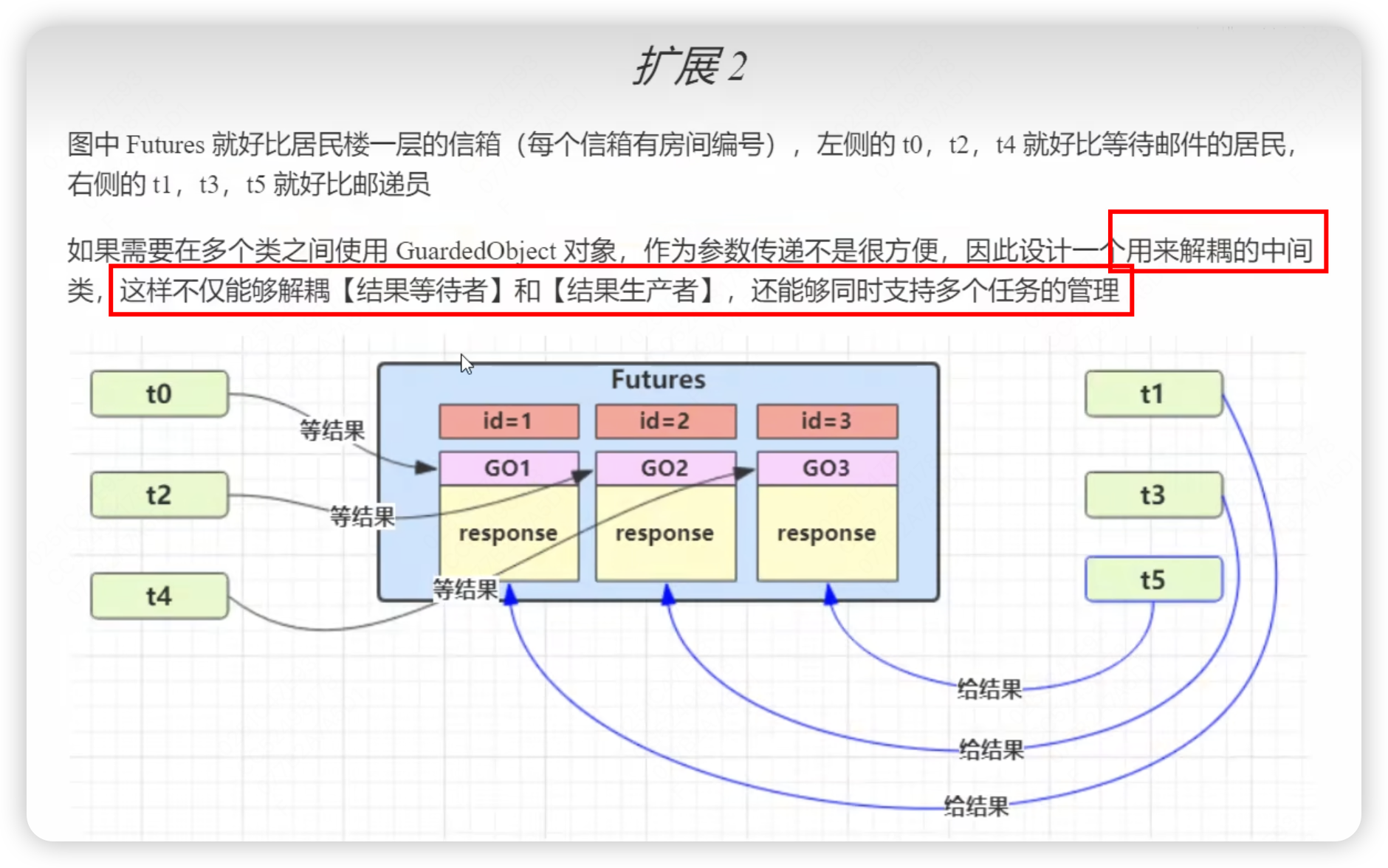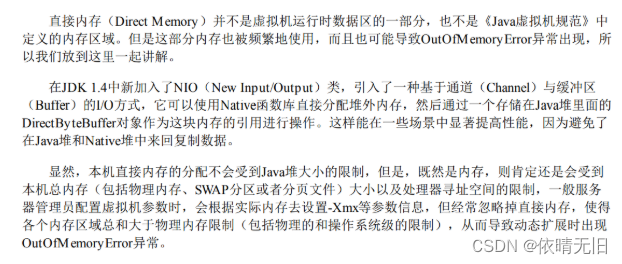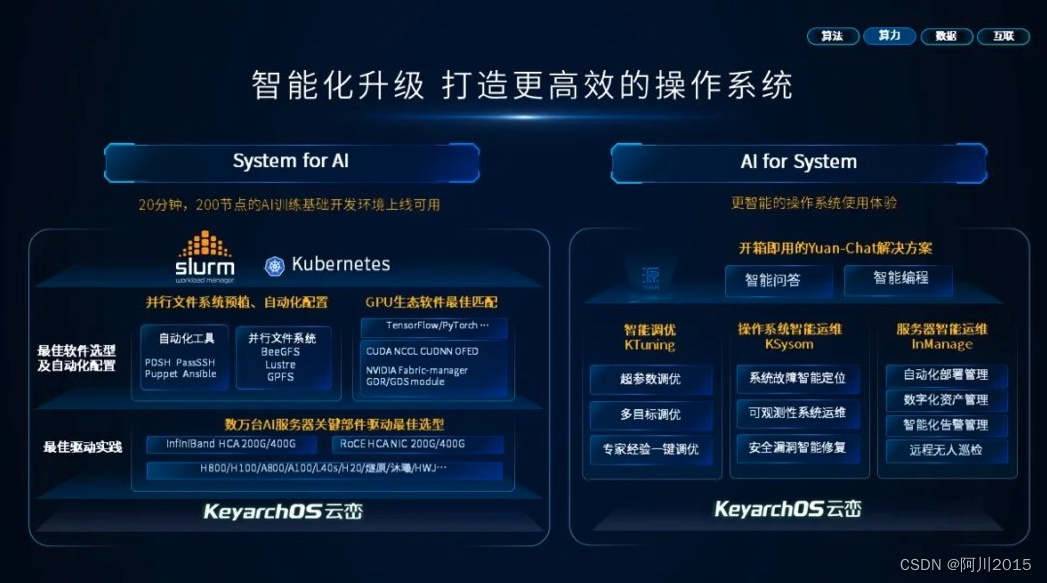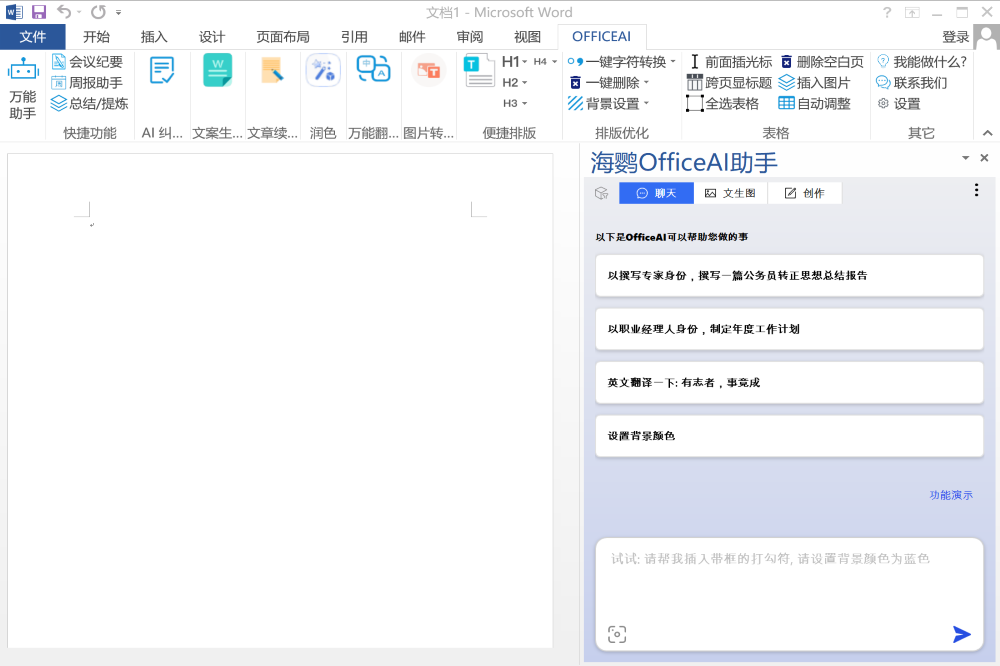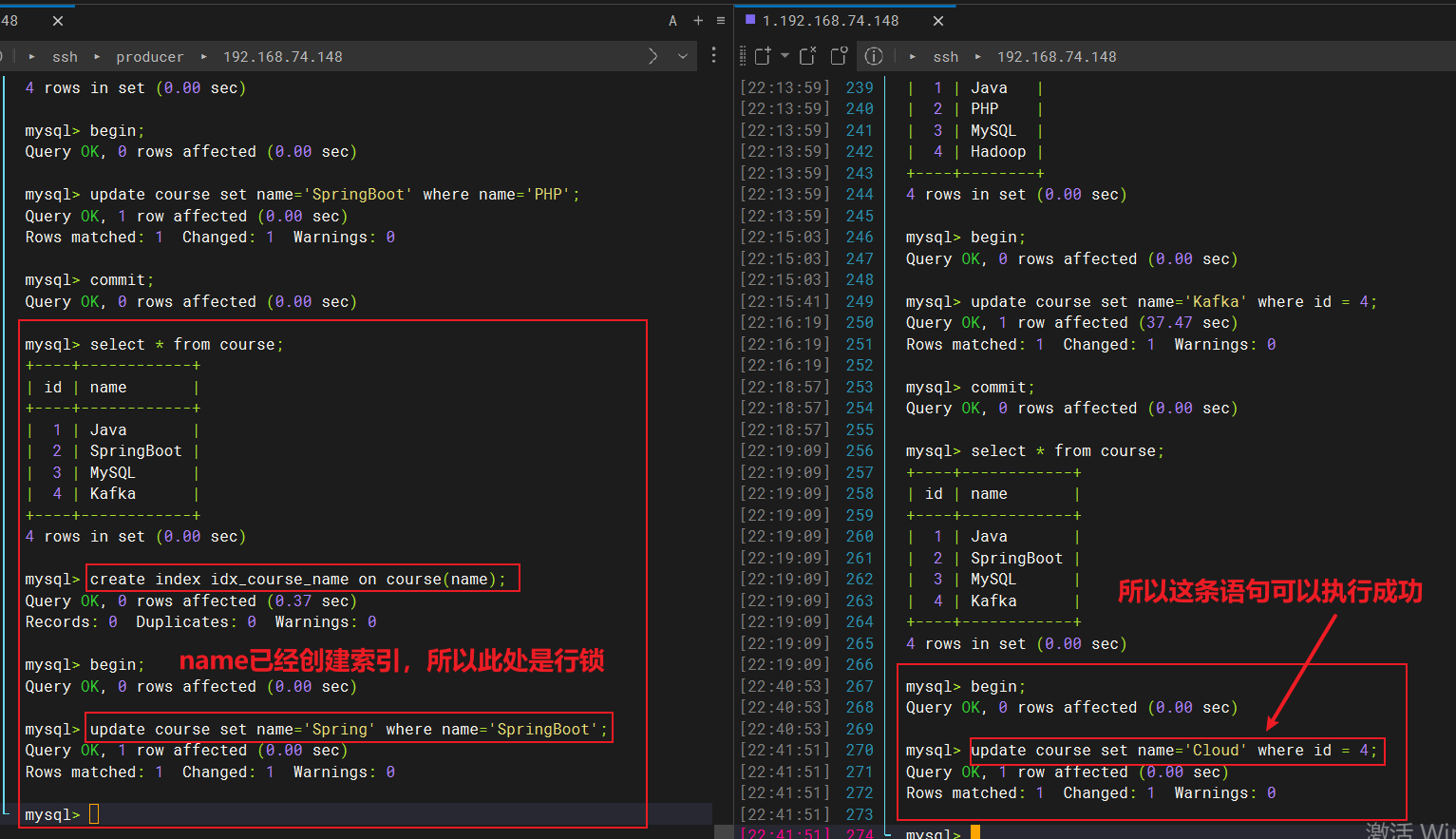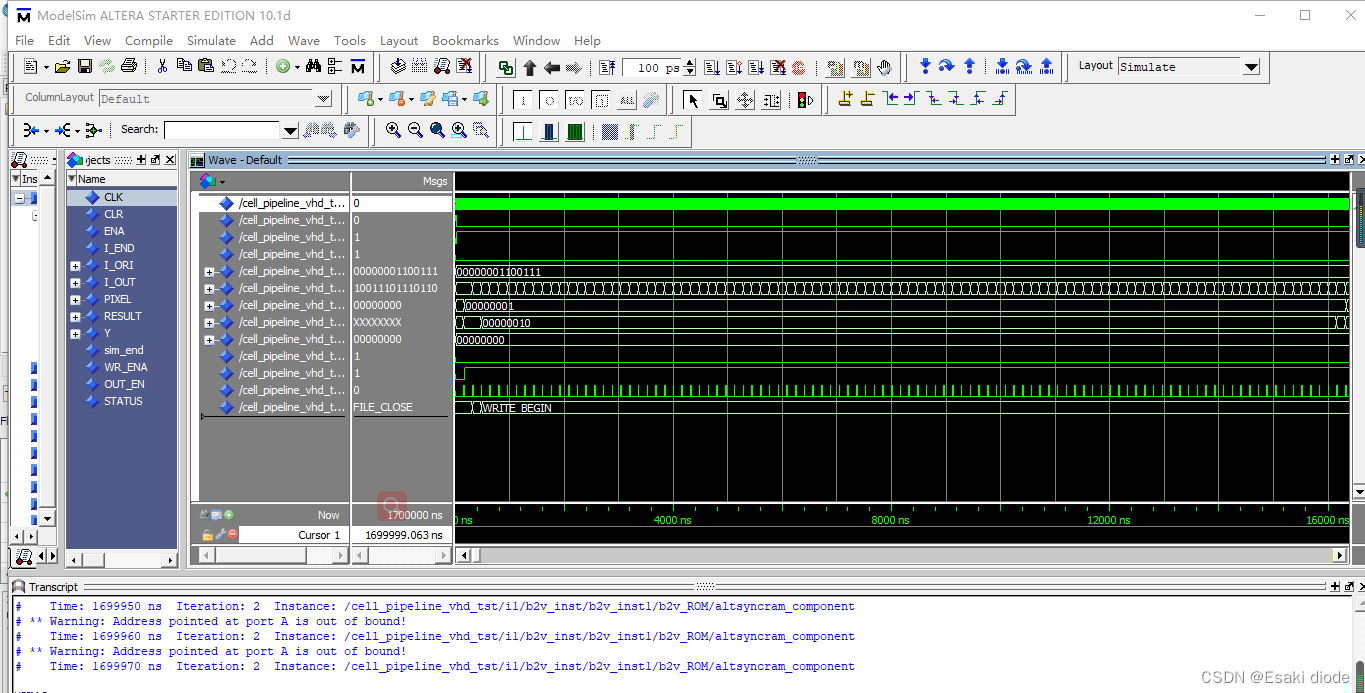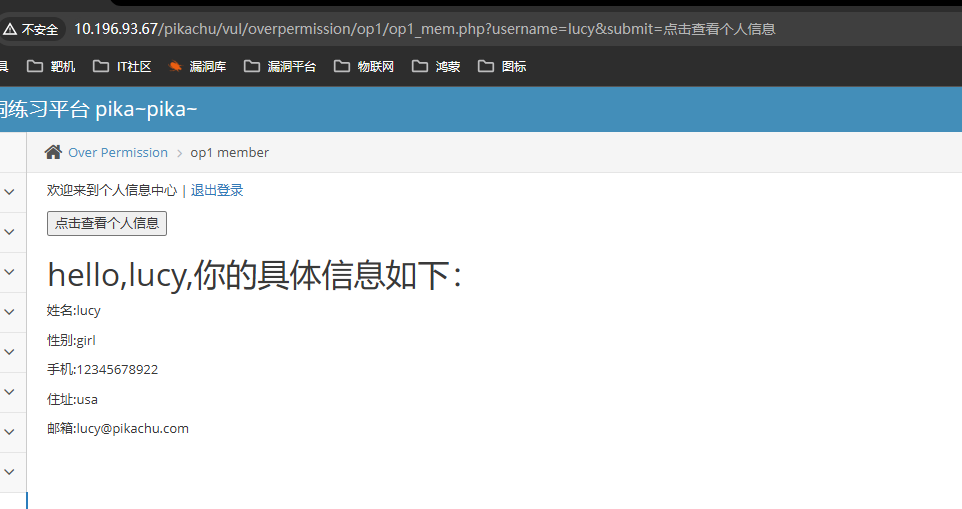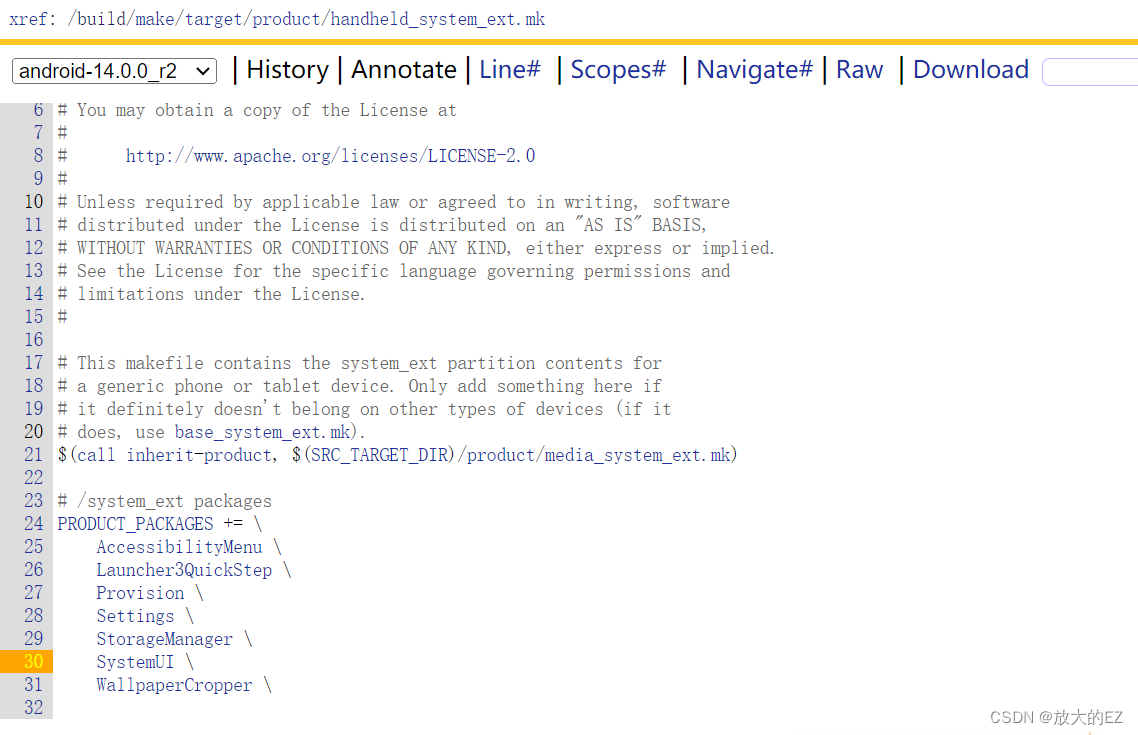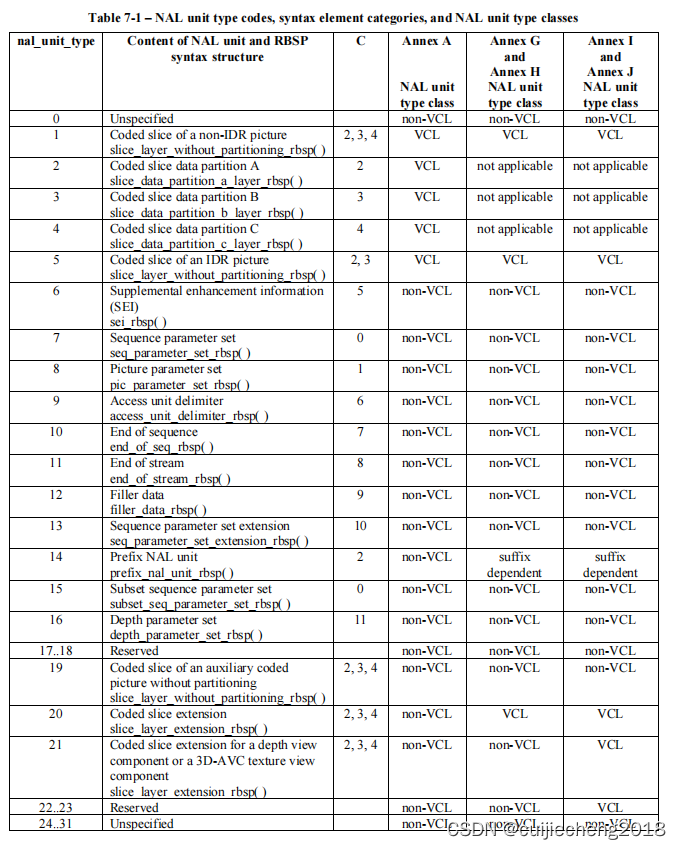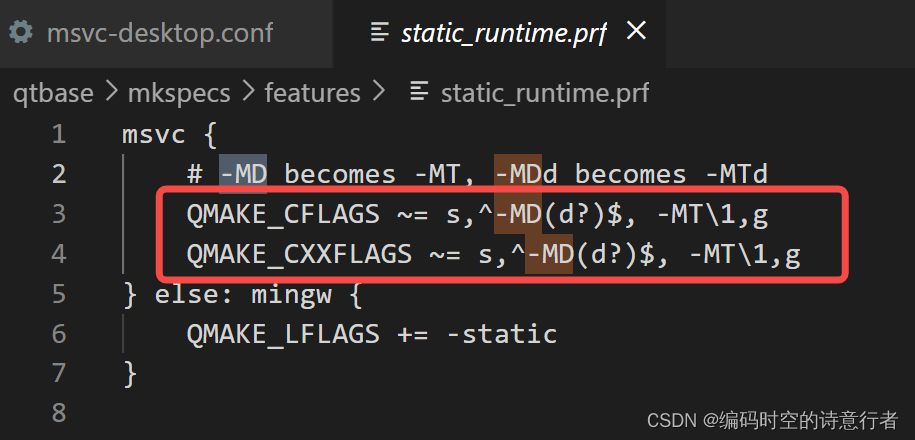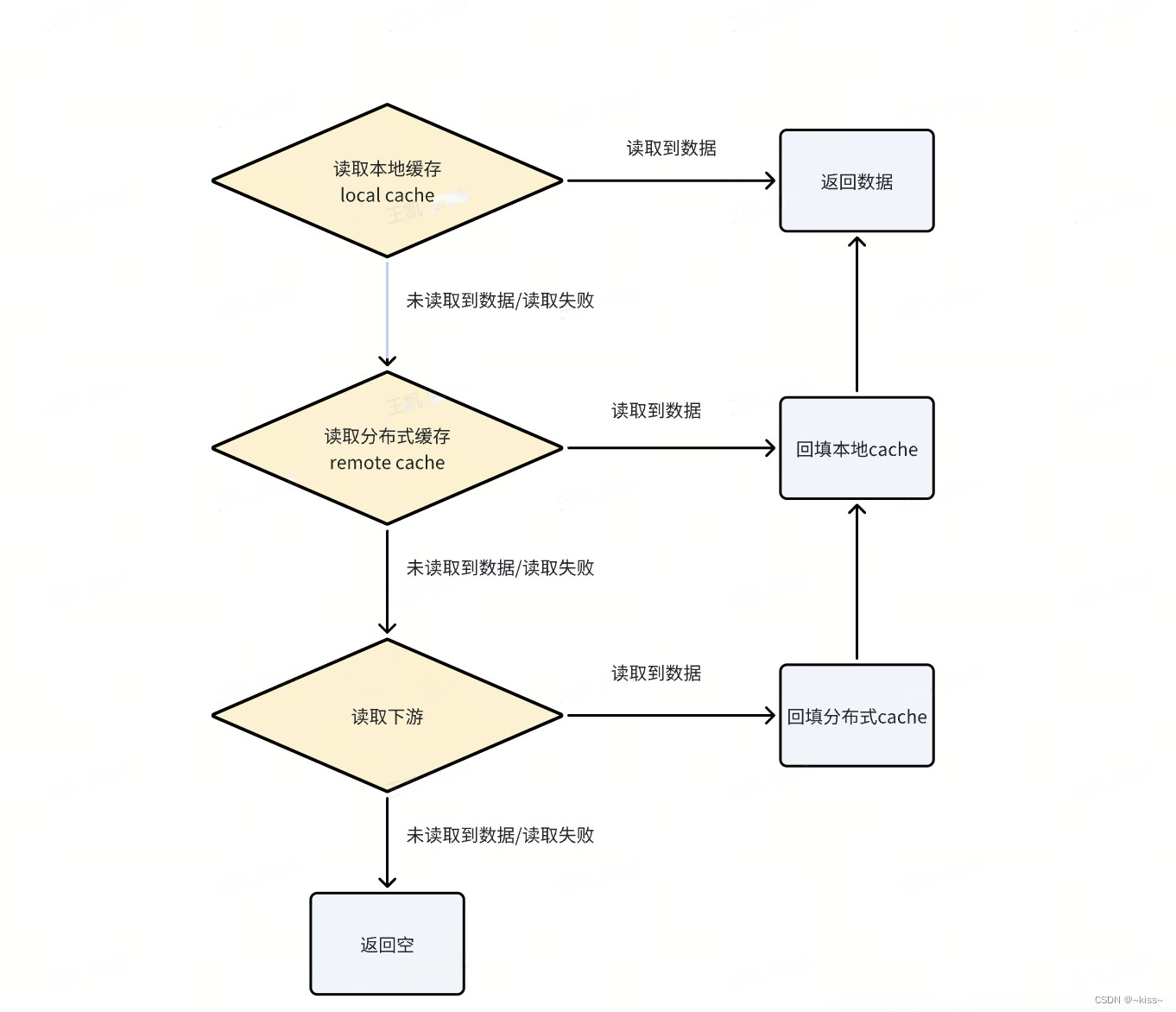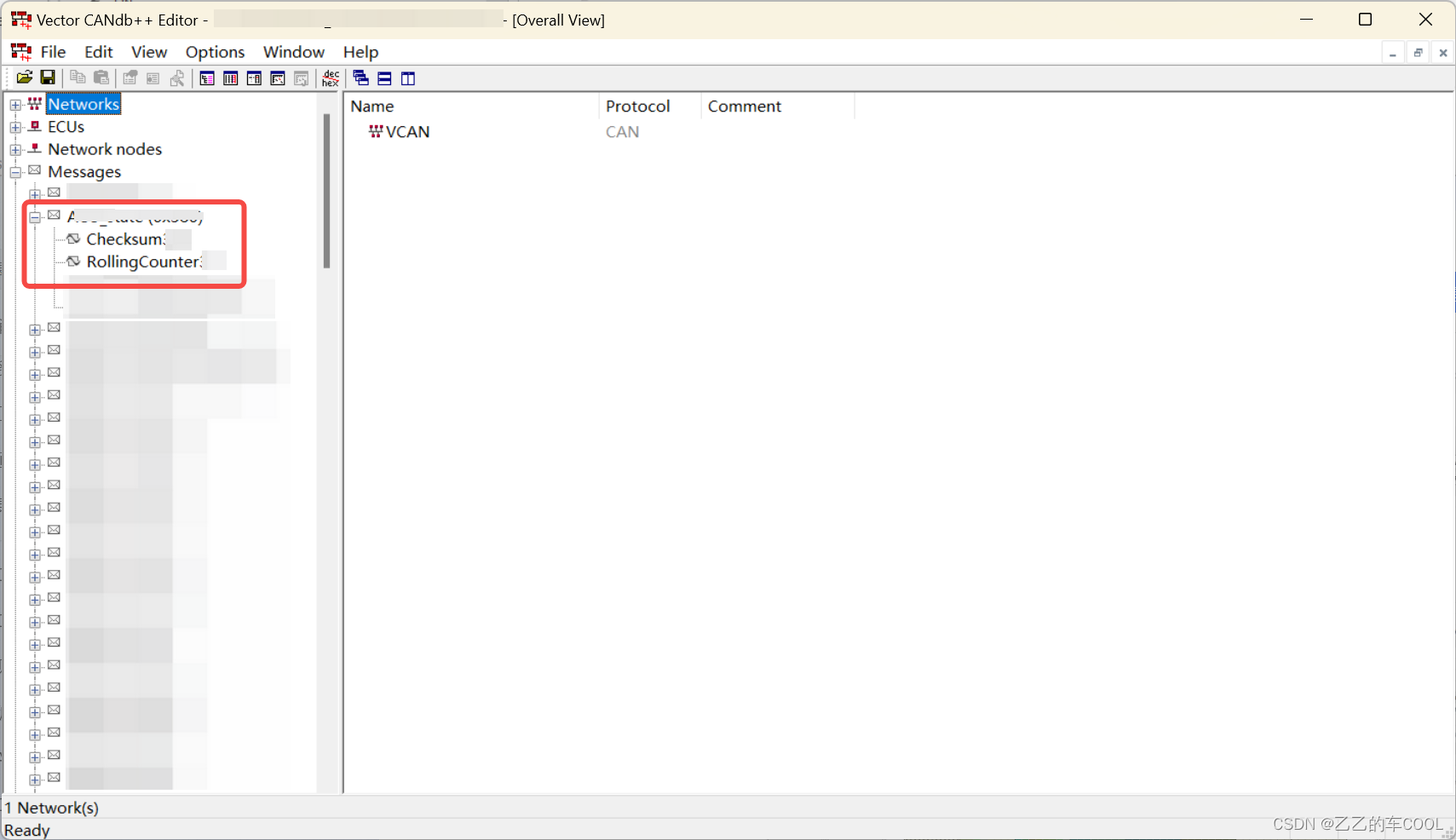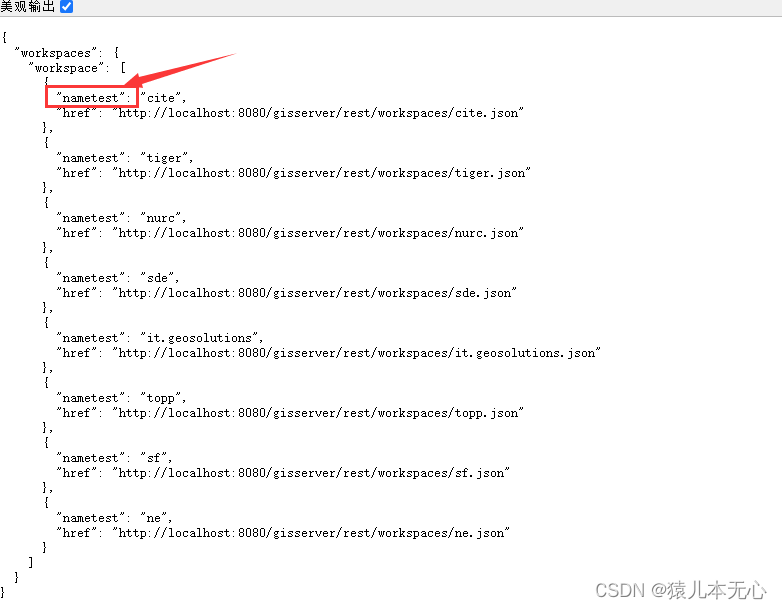1. Guarded Suspension:一个线程需要等待另一个线程的执行结果
2. 理解
- 一个线程需要将结果传递给另一个线程,将这两个线程关联到到同一个 GuardedObject
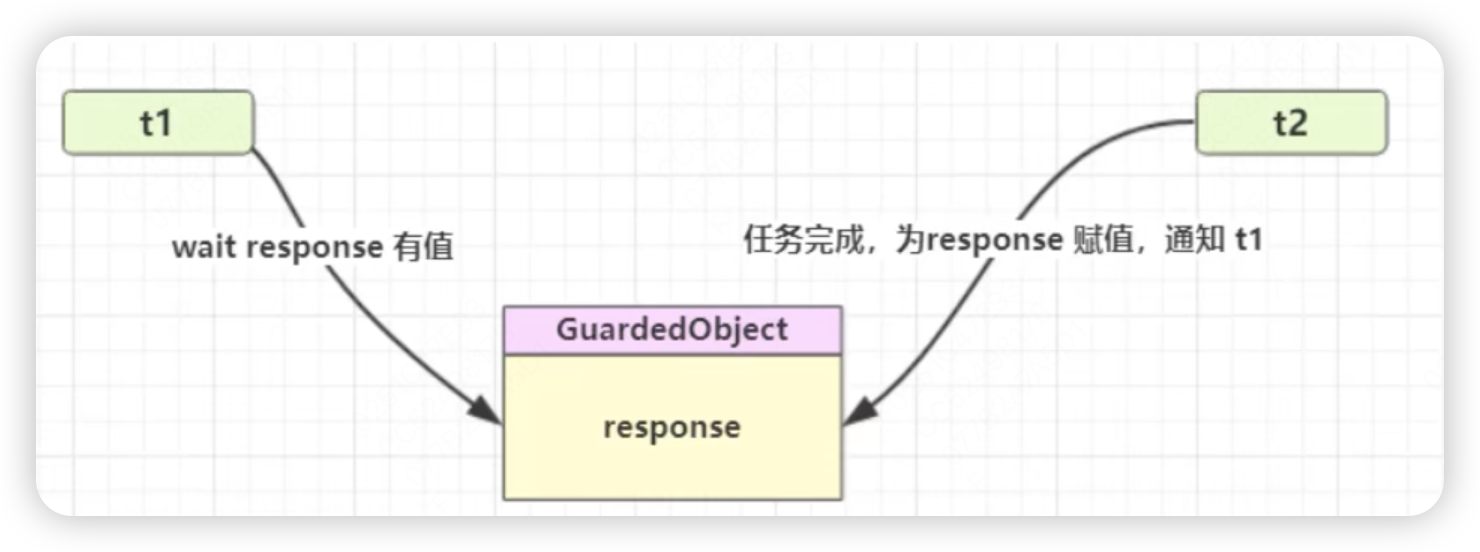
- 如果需要源源不断地传递结果,需要使用消息队列(生产者-消费者模型)
- JDK 中,join 的实现、Future 的实现用的都是保护性暂停模式
- 因为要等待,所以算作同步模式
3. 实现
- 创建两个线程和一个守护对象,线程 1 wait 等待下载结果 response,线程 2 执行下载,下载完成将结果赋值给 GuardedObject 的 response 属性,然后 notify 唤醒线程 1,线程 1 被唤醒,继续执行,两个线程通过 GuardedObject 传递要用的结果
4. 优点
- join 需要等一个线程运行结束了才能得到该线程的结果
- join 等待结果的变量只能是全局的,GuardedObject 可以是局部的
5. 扩展 1
- 超时退出:wait(timeout) 只等待一段时间,如果超时了还没有获取到结果就直接退出循环
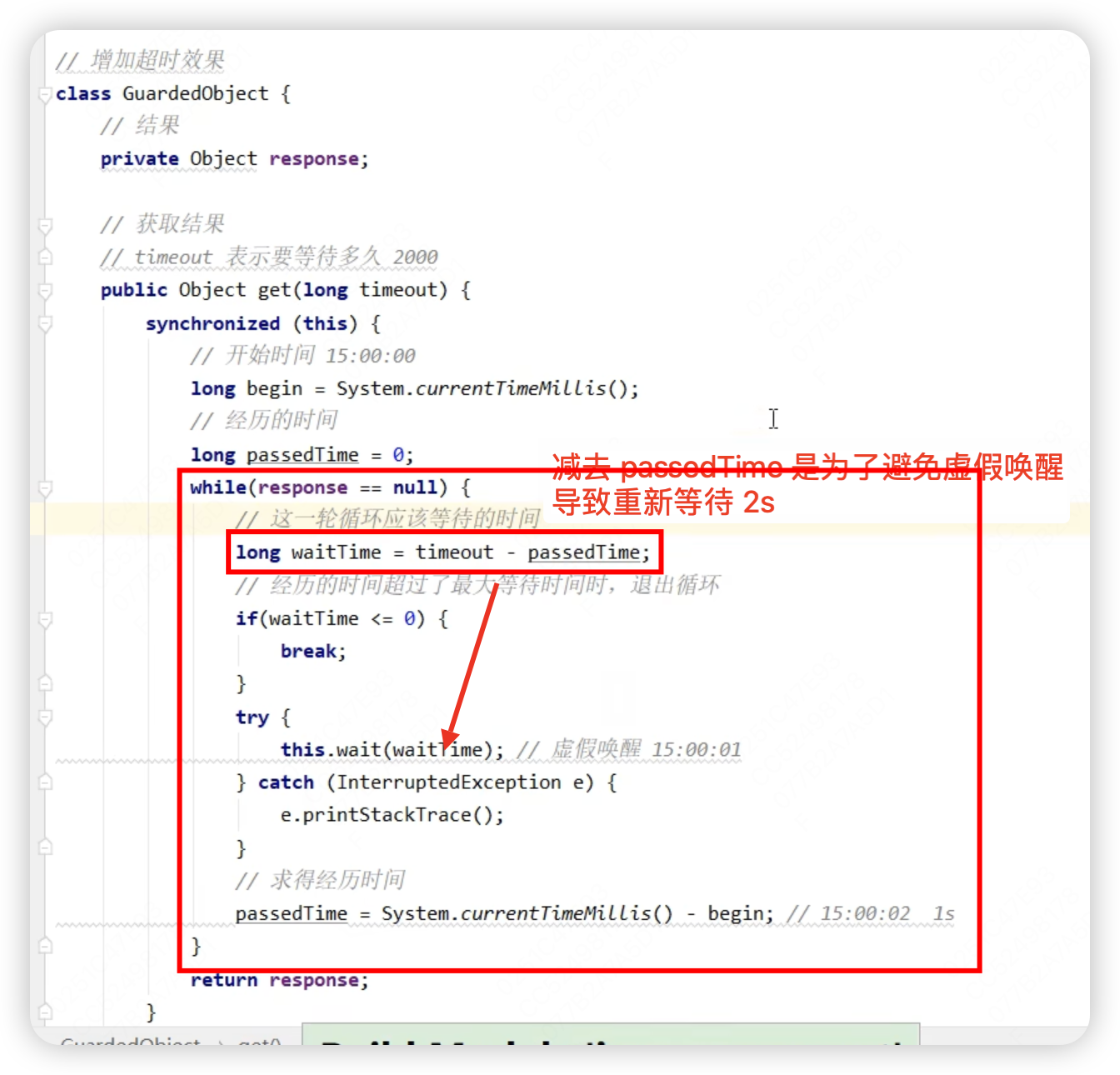
(resposne 是下载完成之后赋值的,response 不为空之后就可以退出循环,返回 res)
6. join 的原理:保护性暂停是等待一个线程的结果,join 是等待一个线程的结束
- 就是应用了保护性暂停模式,如果线程还存活(对应上面的下载结果 response == null)且未超时就一直等待,如果超时了(还没有得到结果)就退出循环
/*** Waits at most {@code millis} milliseconds for this thread to* die. A timeout of {@code 0} means to wait forever.** <p> This implementation uses a loop of {@code this.wait} calls* conditioned on {@code this.isAlive}. As a thread terminates the* {@code this.notifyAll} method is invoked. It is recommended that* applications not use {@code wait}, {@code notify}, or* {@code notifyAll} on {@code Thread} instances.** @param millis* the time to wait in milliseconds** @throws IllegalArgumentException* if the value of {@code millis} is negative** @throws InterruptedException* if any thread has interrupted the current thread. The* <i>interrupted status</i> of the current thread is* cleared when this exception is thrown.*/public final synchronized void join(long millis)throws InterruptedException {long base = System.currentTimeMillis();long now = 0;if (millis < 0) {throw new IllegalArgumentException("timeout value is negative");}if (millis == 0) {while (isAlive()) {wait(0);}} else {while (isAlive()) {long delay = millis - now;if (delay <= 0) {break;}wait(delay);now = System.currentTimeMillis() - base;}}}7. 扩展2:生产者消费者节耦
